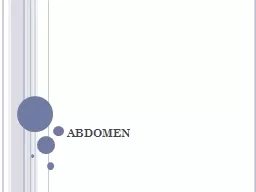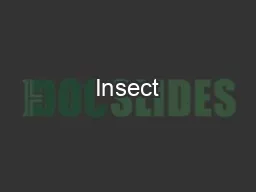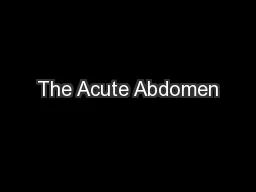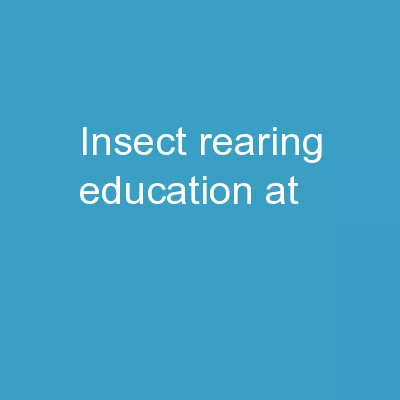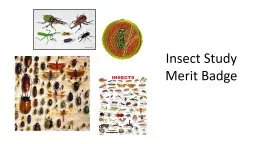PPT-ABDOMEN The abdomen is the posterior end of the three body regions of an adult insect.
Author : lydia | Published Date : 2022-02-10
11 segments The abdomen bears the external genitalia of the insect In female insects these consist of an ovipositor Each segment of the abdomen consists of
Presentation Embed Code
Download Presentation
Download Presentation The PPT/PDF document "ABDOMEN The abdomen is the posterior end..." is the property of its rightful owner. Permission is granted to download and print the materials on this website for personal, non-commercial use only, and to display it on your personal computer provided you do not modify the materials and that you retain all copyright notices contained in the materials. By downloading content from our website, you accept the terms of this agreement.
ABDOMEN The abdomen is the posterior end of the three body regions of an adult insect.: Transcript
Download Rules Of Document
"ABDOMEN The abdomen is the posterior end of the three body regions of an adult insect."The content belongs to its owner. You may download and print it for personal use, without modification, and keep all copyright notices. By downloading, you agree to these terms.
Related Documents

